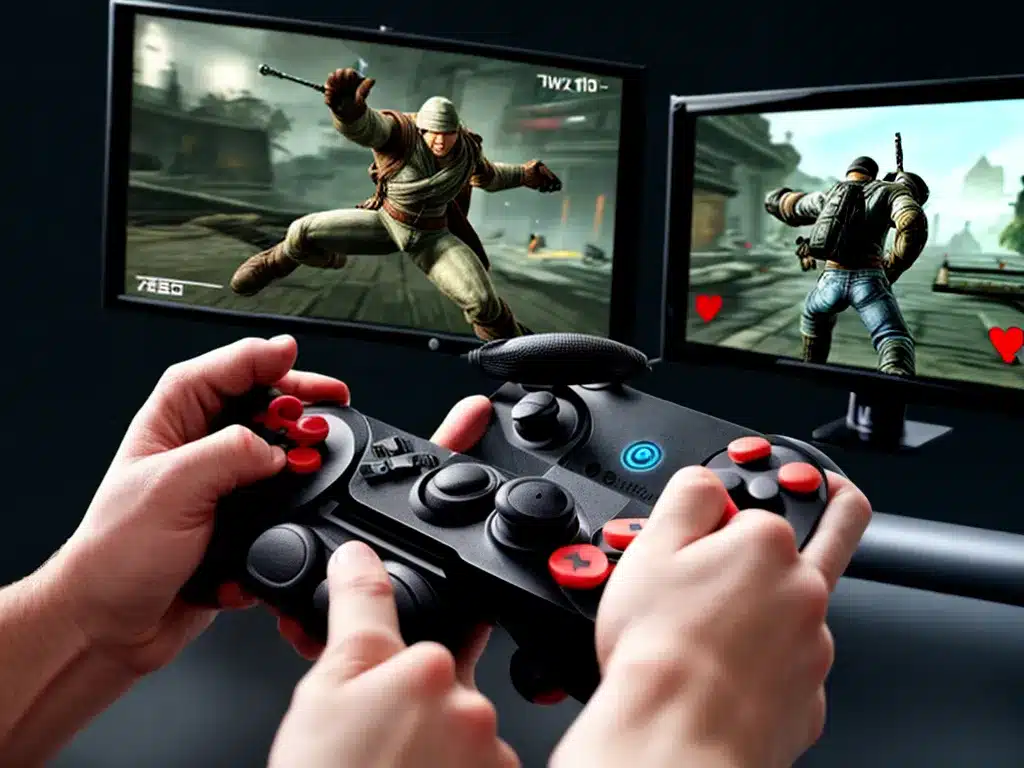Motion controls revolutionized console gaming by introducing intuitive, physical interactions that reshaped player engagement. Emerging in the mid-2000s, they leveraged accelerometer and gyroscope technology to translate real-world movements into in-game actions. Nintendo’s Wii, launched in 2006, spearheaded this trend with its Wii Remote, allowing players to swing, point, and gesture in games like Wii Sports. The console’s accessibility attracted a broad audience, selling over 100 million units by 2012. This success highlighted motion controls’ potential to bridge casual and hardcore gaming, emphasizing fun over complex inputs.
The trend continued with competitors. Sony’s PlayStation Move, released in 2010, used a wand with a light-tracking orb for precise motion detection, integrating with the PlayStation 3’s camera. Microsoft’s Kinect for Xbox 360, also launched in 2010, took a controller-free approach, using infrared sensors to track body movements. Kinect’s Dance Central and Kinect Adventures showcased its potential, though its high cost and space requirements limited adoption. Both systems sold millions but struggled to match the Wii’s cultural impact, as their reliance on specific titles restricted versatility.
Motion controls’ influence persists in modern gaming. Nintendo’s Switch Joy-Cons, introduced in 2017, refined motion mechanics for games like The Legend of Zelda: Breath of the Wild. VR platforms like PlayStation VR and Oculus Quest further evolved the concept, demanding precise motion tracking for immersive experiences. Despite criticism for gimmickry and inconsistent accuracy, motion controls expanded gaming’s accessibility and creativity, leaving a lasting legacy in how players interact with virtual worlds.






